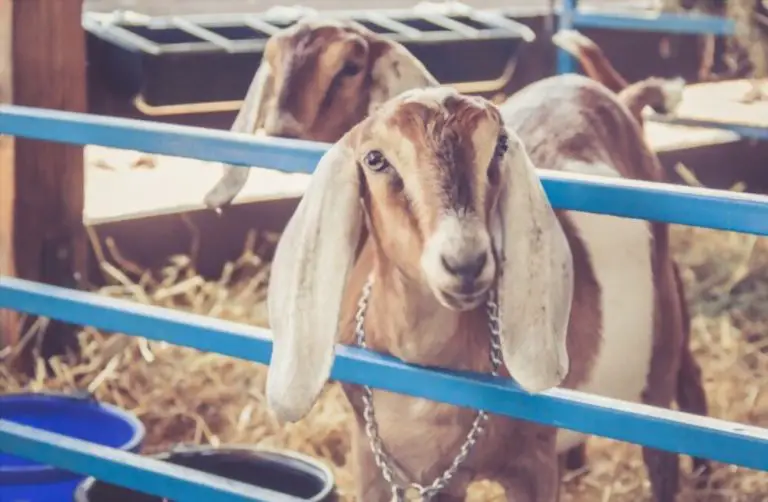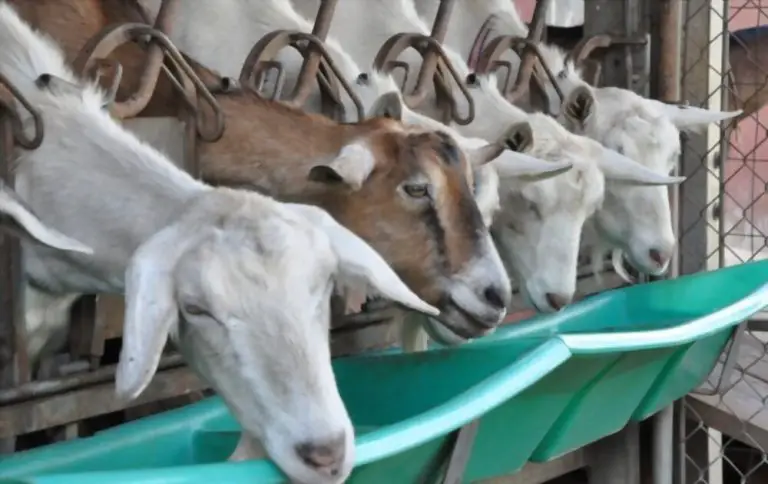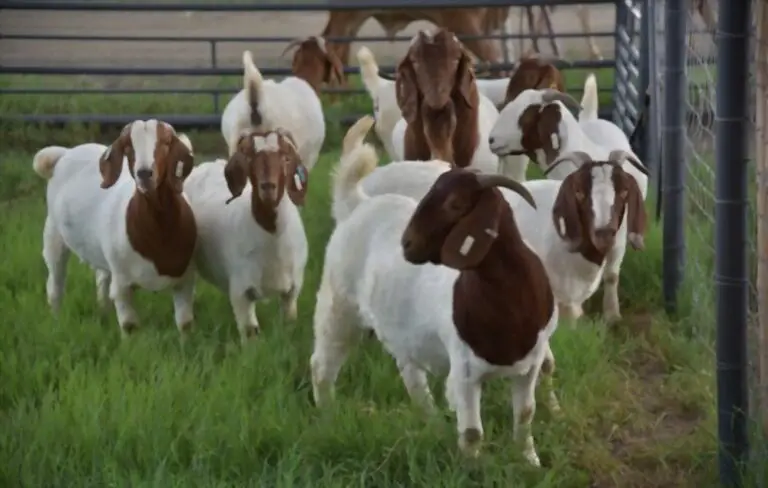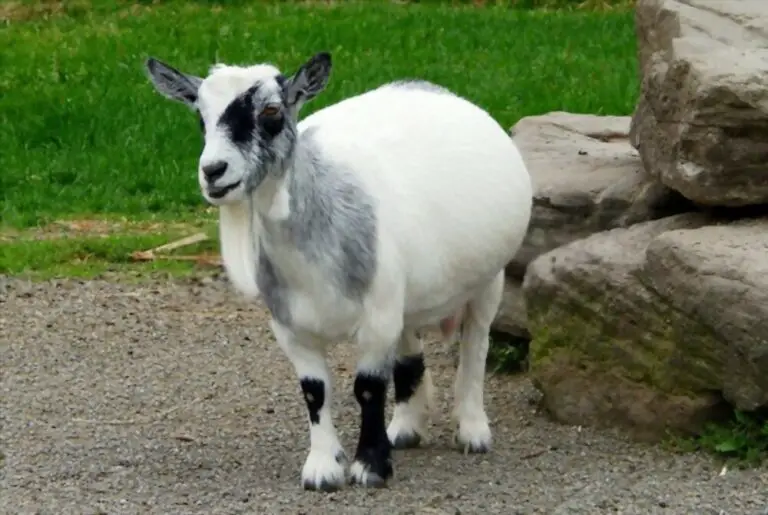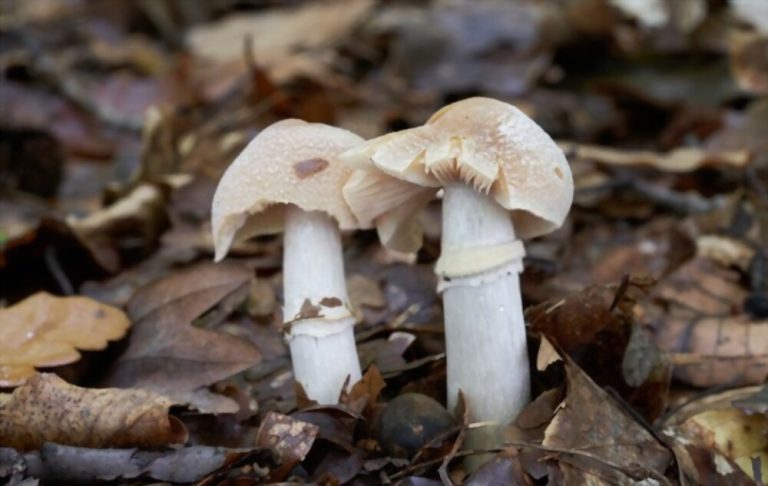Have you ever wondered how big and old a goat needs to be to reach its full size? After all, goats come in all shapes and sizes on farms or in our backyards, from tiny baby goats just a few weeks old to adult goats.
You may think that your goat, or any goat you see at the petting zoo, will stay small and cuddly forever – but all goats have a growth cycle. Knowing how they start growing is essential to understanding when goats stop growing.
When do Goats Stop Growing?
Read on to learn more about how goats develop and mature sexually.
Growth From Birth
Goats grow fast after birth, so you’ll often see them kicking their legs and trying to stand up within minutes. This age is necessary for the goat to strengthen its legs and establish a strong bond with its mother.
Watching goats live their lives can be a gratifying experience. From birth, goats are incredibly adorable and full of life. Crawling, hurrying, and running around the barn or pasture bring their human companions joy and entertainment.
Goats as they Grow
Goats are full of energy as babies, but their power ebbs and flows as they age. As toddlers, goats are a bundle of energy one minute, then sleeping in the corner of the barn for hours the next.
By the time goats reach the age of six months, they have slowed down quite a bit. They spend their days walking and eating grass, occasionally stopping to nap. Goats are surprisingly intelligent creatures, and their interactions with the world become more sophisticated as they age.

Goats during Adulthood
Goats reach adulthood after two or three years, depending on the breed. At this point, they are most likely living in a herd and interacting with other goats peacefully and with plenty of affection.
They also know their way around the barn and the pasture, understanding their place within their environment. In essence, most goats stop growing at the age of three. Goats may still be active and playful, engaging in contests of strength with their herd members or often chasing after visitors with tails in the air for treats and attention.
Goats as they Age
After a certain age, goats may become less active, mellowing out and spending much of their day napping in the sun, relishing in the wild grass, and basking in the sun’s warmth.
As they age, they become less energetic and more loyal, dependable, and loving companions to their herd.
Factors Influencing Goat Growth & Maturity
Goats are hardy and resilient, but that doesn’t mean they can thrive in any environment. You must consider the many factors influencing goat growth to ensure your goats are healthy and growing to their fullest potential.
1. Diet

One of the most critical elements in goat growth is diet. Goats are ruminants, meaning they have a four-chamber stomach to digest cellulose. When managing goats, it’s essential to make sure they have plenty of fresh grass and hay.
If there is not enough forage for them, other types of feed, such as grains, cookies, or pellets, should be given.
2. Genetics
Genetics plays a large part in the growth of goats. Different breeds tend to have different body sizes and finishing times. It’s essential to be aware of the genetics of the goats so that the best offspring are produced.
Breeds selected for meat production tend to grow faster, while dairy goats are more miniature and have a slower growth rate.
3. Activity

Goats need regular exercise and activities to stay healthy and keep their growth rate up. Allowing them to move and roam can help them build muscle mass and burn excess energy. It also increases their circulation, which helps them stay healthy.
4. Environment
The environment that the goat is kept in should be well-lit, clean, and spacious. Goats need plenty of fresh air, sunlight, and room for growth. The environment should also be free of predators and hazards, as these can cause goats to be stressed, leading to poor growth.
5. Health
Like humans, goats must be kept healthy to reach their full potential. Parasites, infections, and other diseases can affect their growth and should be prevented through regular deworming and vaccinations. In addition, goats should be monitored closely for any changes in health or appetite.
6. Temperature
Temperature is crucial to optimal goat growth. Goats do best in moderate climates with temperatures between 60-75°F. If temperatures drop too low, goats will not eat as much or be as active, leading to stalled or stunted growth.
Conversely, temperatures that get too high can cause goats to become distressed and uncomfortable, leading to reduced growth.
7. Acidity
The pH balance of your goats’ environment is vital for growth. Goats prefer a pH balance between 6-7 or slightly acidic. If the pH drops too low, goats may not absorb the nutrients from their feed. It will lead to decreased growth.
If the pH is too high, it can create an environment in which bacteria and yeast grow, leading to indigestion and other health ailments in goats, leading to reduced growth.
8. Nutrition

Nutrition is one of the most crucially important factors in goat growth. Goats need a balanced diet containing all essential minerals and vitamins and a good source of protein.
Goats also need access to plenty of water, as they are prone to dehydration due to their high metabolism. With a balanced diet, goats may gain the energy to grow and develop properly.
9. Exercise
Goats are grazing animals and need plenty of room to roam and exercise. If goats are cooped up too much or cannot exercise, their metabolism decreases, leading to slowed growth. Goats that can move around, explore, and play will be healthier and better able to grow.
10. Pest Management
Goat owners must be proactive in pest management to ensure proper growth. Goats are vulnerable to various parasites and diseases, so keeping an eye out for symptoms or outbreaks is essential.
Additionally, using preventative medicine, such as shearing or selective breeding, can go a long way in keeping your goats healthy and able to grow.
Conclusion
It’s essential for farmers, pet owners, and curious onlookers alike to know when goats stop growing. Like all animals, goats have a growth cycle and will reach maturity naturally at a certain age.

